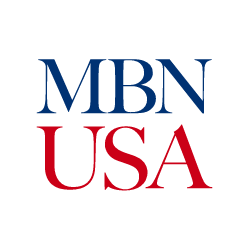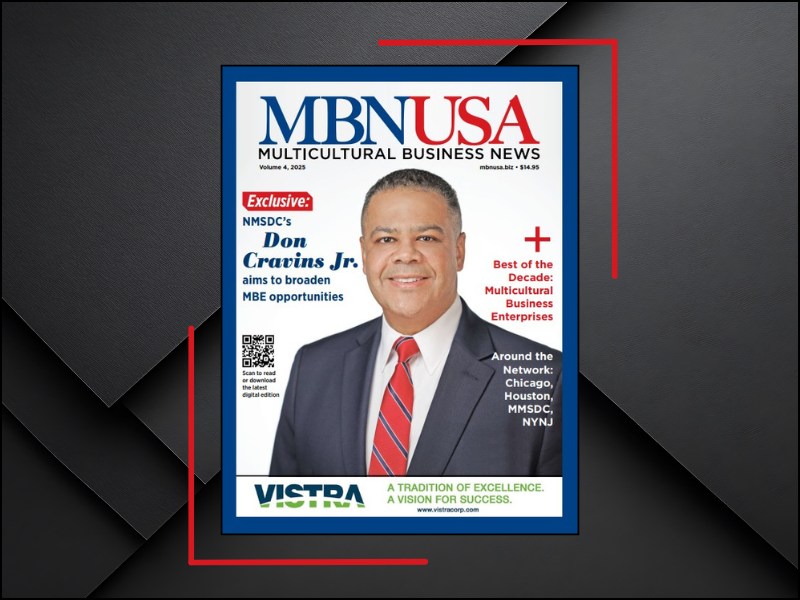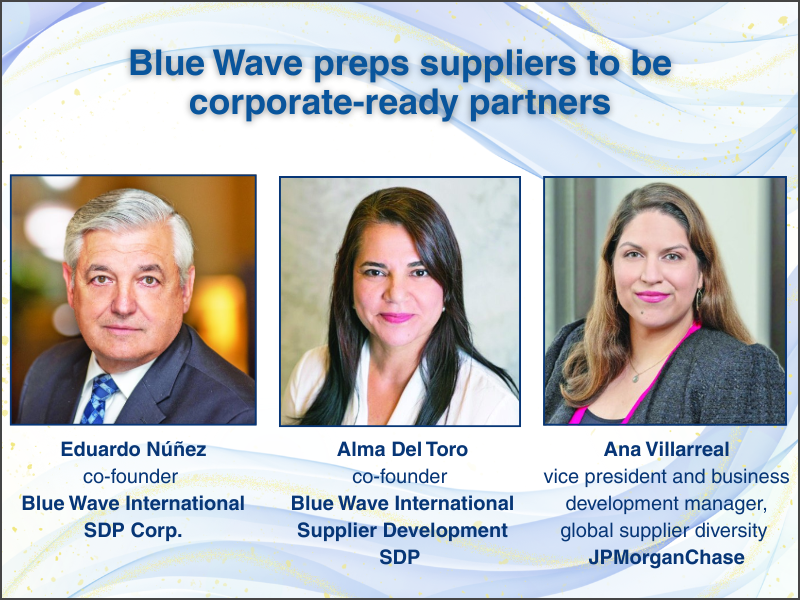Heather Herndon Wright - 2022 Global Supply Chain Diversity, Equity and Inclusion Hall of Fame
Q: Can you tell us a little about yourself?
A: First and foremost, I am a Christ follower and a woman of faith. I am blessed beyond measure with a wonderful husband, three children, four grandchildren, a grand dog and most recently, a great-grand cat that can fetch!
I still consider myself an (older) athlete and enjoy being active. I love to travel and meet new people. I don’t like to talk about myself but love to hear others’ stories about their journeys in life. I believe “To whom much is given, much is required.”
I love my work and plan to keep doing it into my 70s — if they’ll have me. I still learn something new every day and endeavor to teach something to someone else as well. My license plate is “SRVNT” as that is what I have always wanted to be when I grew up. I continue to work toward that goal.
Q: When and why did you become a supplier-diversity and minority-business-development champion?
A: I have been in supply-chain diversity since 1990 and made a conscious decision in 1994 that my career path would be as a supply-chain-diversity professional. Initially, as a single mother of two, I felt it was important to be intentional about enabling other disenfranchised or marginalized individuals to provide for their families in a way that was not charitable, but sustainable.
As a supply-chain-diversity professional, I get paid to identify, utilize and develop diverse businesses that, in turn, create jobs for traditionally underrepresented communities — while creating a value chain for the organizations with which I have had the honor to work.
My greatest professional success is the economic impact these businesses have had in their communities and the generational economic wealth they continue to create.
Q: What do you see as the greatest challenges and opportunities for minority business enterprises?
A: INERTIA. The greatest barrier I seem to face is the unwillingness to consider alternate sources of any kind, especially privately held companies that don’t carry the size and name-brand scale of an IBM [Corp.]. End users FEEL they know companies with popular brands based on public performance. However, at the end of the day, it truly does come down to relationships.
The greatest opportunity we have as supply-chain-diversity professionals is to build strategic and substantive relationships between our diverse suppliers and the decision makers internally.
By engaging our internal teams with external opportunities to meet diverse suppliers or intentionally bringing them in for specific relationship-building activities, we can minimize or remove the inertia and foster a more open-minded environment where end users are willing to take a chance and develop alternate sources with the confidence that they will be able to perform optimally when needed.
Q: What is your vision for supply-chain diversity over the next five to 10 years?
A: COLLABORATION. Diversity-support organizations, diverse businesses and government and private-sector supply chains must work together to be successful. It has taken 50 years to get where we are, and we still have far to go.
Intersectionality among diverse suppliers and the ability for diverse businesses and public & private-sector supply chains to innovate through collaboration will be key to closing the economic wealth gap, while at the same time generating a broader consumer base. Support organizations need to focus on opportunities to develop and grow these companies, while public and private-sector supply chains need to engage them as long-term strategic partners. This action begins with collaborating on a single technology platform to provide certification and a central sourcing tool to ensure intended companies can be found and are targeted for opportunities in current markets as well as emerging ones.
Q: What would you like your legacy to be as a champion of supplier diversity?
A: I believe in servant leadership and hope that my legacy would be one that has created a value-driven, sustainable business model. It is important to do the right things, the right way, at the right time. It’s not always easy to know what, how or when.
I hope that the individual business owners with whom I have worked know that everything I have done has come from a place of genuine love and intentionality to support and grow their businesses, enabling them to hire more people and support more families with work that is respected and valued.
I would like my legacy to be one of service and going beyond simply providing supplier opportunities to truly encouraging individuals to be the best they can be and facilitating a world where they can succeed and bring others with them.
To learn more about Vistra, visit vistracorp.com.





